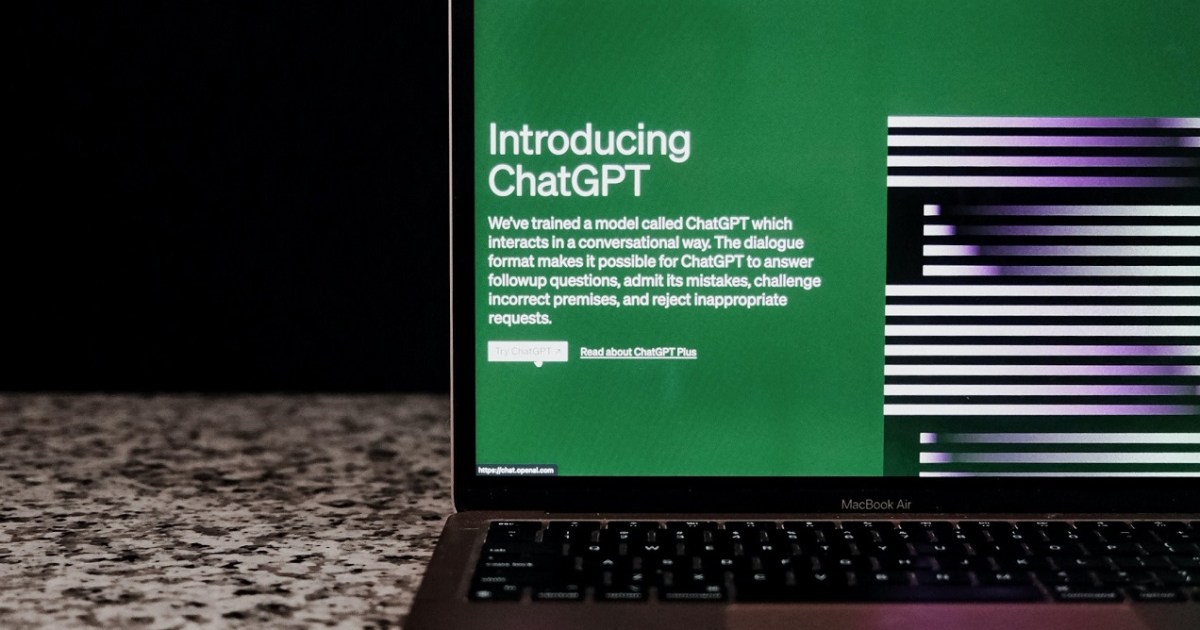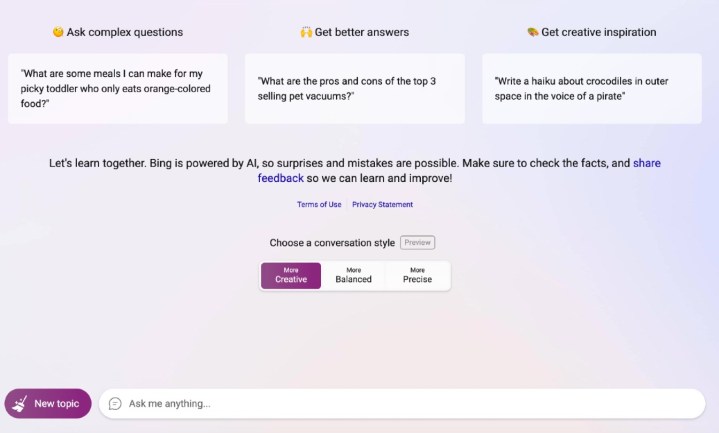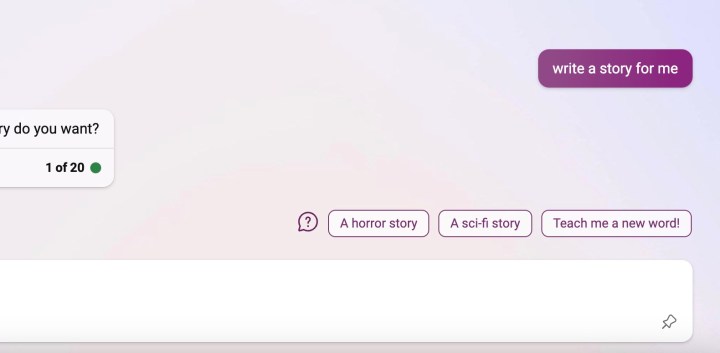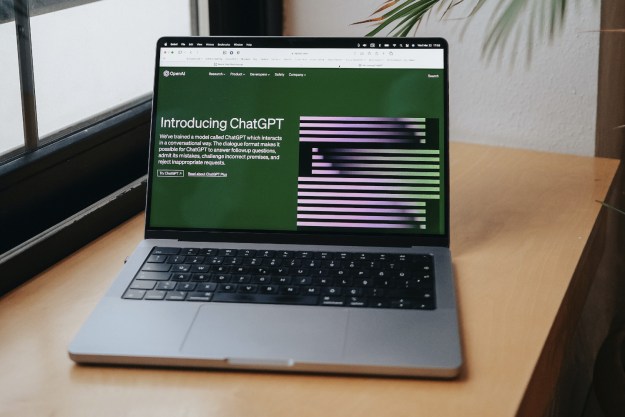5 new features I really wish ChatGPT had
ChatGPT is fairly bare-bones compared to other AI chatbots. Here are four features that could really improve it.

I know, it’s dumb to complain about a free service, which ChatGPT always has been. It feels especially silly for a technology that feels this new and exciting.
ChatGPT remains the best free AI chatbot out there — and yet, having used some of its rivals, coming back to ChatGPT can feel like a bare-bones experience. Here are five simple features that could really expand the usability of ChatGPT. Some of these would also make great additions to ChatGPT Plus, if the new features need to go there first.
A drafts option

One of the neatest features of Google Bard is how it creates responses as drafts. It provides a single answer to your prompt, but then will also give you the option to see other versions or “drafts” of this same text. I’ve found this really useful. We all know that these AI chatbots always answer prompts in different ways, and being able to see variations on the response is so much more helpful than having to ask ChatGPT to “try that again.”
It’s commonplace in text-to-image generation to let the AI produce many, many options to choose from to home in on the desired image. I’d love to see a version of that for ChatGPT someday.
Continued conversations
It’s not talked about much, but ChatGPT does have a limit to how many chats can be in a conversation. It’s very large, but I know that I’ve run up against it before. I understand why ChatGPT needs to put limits on stuff like this, but it’s frustrating that there’s no way to continue the conversation in a new chat. This is especially true because of the way ChatGPT stacks chats into separate conversations rather than into one continuous stream.
ChatGPT seems to be able to learn from and use the context of responses and prompts in a single conversation to continue the train of thought. If there must be limits of conversations, it’d at least be nice to be able to continue the context of that conversation in a new chat.
Different modes and styles

The idea for this one is borrowed from Bing Chat. Microsoft’s own ChatGPT competitor is based on OpenAI’s technology, but offers some helpful ways of narrowing down the scope of a prompt. For example, Bing Chat let’s you choose from three different conversation styles: Creative, Balanced, and Precise. This tells Bing Chat how rigorous to be with knowledge and creativity. There’s also a “Compose” mode found in the Bing Chat Edge Copilot, which lets you choose from a number of different formats of writing and response lengths.
A lot of this can be achieved by using longer, more specific prompts that ask ChatGPT to respond in certain ways. But for beginners, these types of modes and limiters could make ChatGPT much easier to use. Having a slider for creative or precise modes could also adjust expectations about what kind of answers ChatGPT provides.
Suggested prompts

Suggested prompts are available in all sorts of different AI chatbots, most notably with Bing Chat. Like having different modes and styles, suggested follow-up prompts are really helpful for beginners who might not know how to continue the conversation with ChatGPT.
But even for more advanced users, I think suggested prompts could help expand your mind for what kinds of things ChatGPT can do to extend the conversation or get something closer to your desired result.
Voice prompts
There are ways to interact with ChatGPT using voice via plug-ins, but I’d love for OpenAI to incorporate voice as a standard feature. It would be great to be able to provide prompts over voice or receive answers read aloud. Obviously, if you’re using ChatGPT for coding, this would be silly, but having ChatGPT function a bit more like a voice assistant would be awesome in most other situations.
All the hardware capabilities currently exist in the devices using ChatGPT, so I’m not sure even how difficult this would be. It’d likely freak people out even more, but voice prompts could really help bring ChatGPT to life.
Editors' Recommendations
You won’t believe how much ChatGPT costs to operate An open-source ChatGPT rival was just launched by the Stable Diffusion team The dark side of ChatGPT: things it can do, even though it shouldn’t Beware: many ChatGPT extensions and apps could be malware ChatGPT is coming directly to Windows, but not how you think![]()
Luke Larsen is the Computing Editor at Digital Trends and manages all content covering laptops, monitors, PC hardware, and everything else that plugs into a computer. Luke joined Digital Trends in 2017 as a native Portlander, happy to join a media company that called his city home. His obsession with technology is in observing the ebb and flow of how technological advancement and design intersects with our day-to-day experience of it. From digging into the minute details to stepping back and seeing the wider trends, Luke revels in telling stories with tech.
Before working at DT, he worked as Tech Editor at Paste Magazine for over four years and has bylines at publications such as IGN and The Oregonian. When he's not obsessing over what the best laptop is or how Apple can fix the Mac, Luke spends his time playing designer board games, quoting obscure Star Wars lines, grilling chicken wings, and endlessly tinkering with his pedal board.
ChatGPT creator launches bug bounty program with cash rewards
ChatGPT isn’t quite so clever yet that it can find its own flaws, so its creator is turning to humans for help.
OpenAI unveiled a bug bounty program on Tuesday, encouraging people to locate and report vulnerabilities and bugs in its artificial intelligence systems, such as ChatGPT and GPT-4.
ChatGPT made up its own language to expand its memory
Memory is one of the most limiting factors of even the best AI chatbots, but there are ways to get around this. One technique ChatGPT experts use is what people are calling "Shogtongue."
Shogtongue is a compressed form of text that ChatGPT can create for you and later expand and use as a history so you can pick up where you left off in past conversations.
A student used ChatGPT to get top grades on a college essay
A student who typically gets much lower grades admitted to using ChatGPT to achieve a top score on a college essay, according to BBC News.
The student from Cardiff University in Wales chose to go by the pseudonym "Tom" to protect his identity and told the publication that he conducted an experiment while submitting essays during the school's January assessment period. He submitted one 2,500-word essay written completely on his own and one with the assistance of the AI chatbot, ChatGPT to see what results he would yield.

 BigThink
BigThink 


























.jpg&h=630&w=1200&q=100&v=154b70b92d&c=1)







